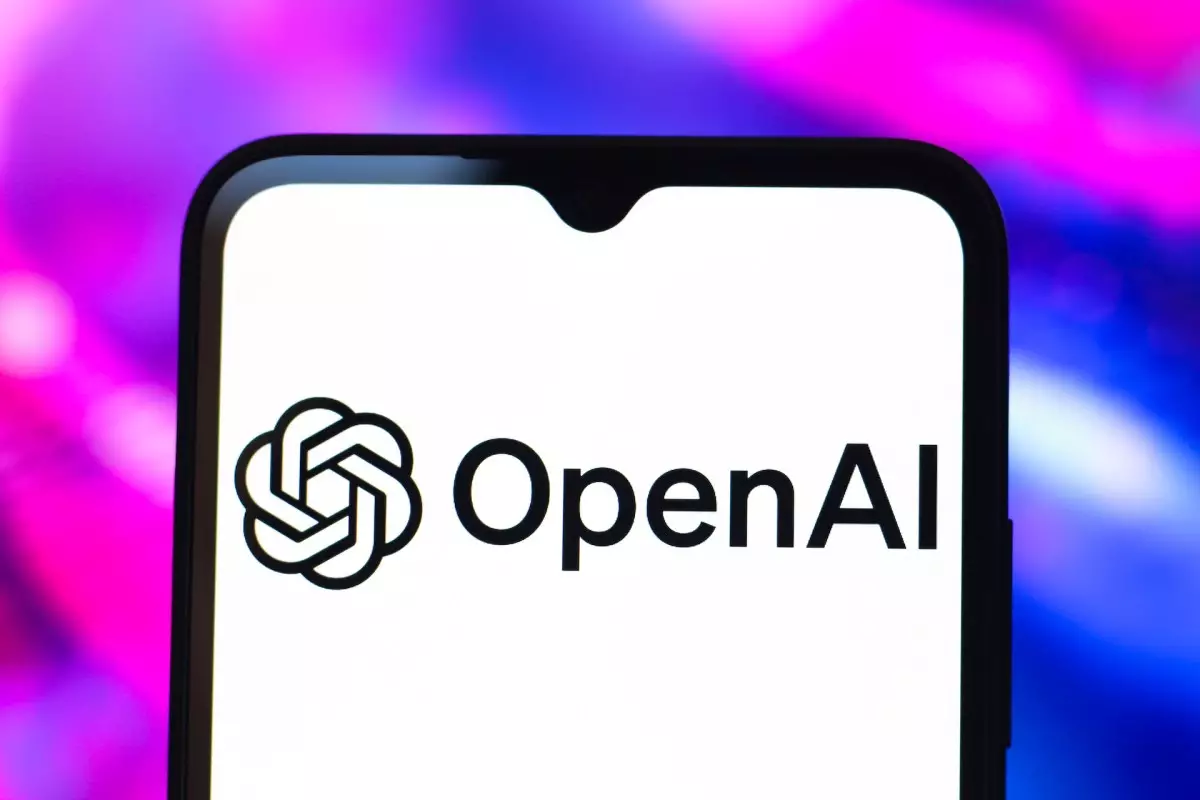In the fast-evolving landscape of artificial intelligence, discrepancies in reported performance metrics can ignite skepticism and debate about a company’s integrity. Recently, OpenAI’s o3 AI model has found itself at the center of such scrutiny, following reported performance differences that expose a deeper issue regarding benchmark testing and transparency practices in the AI industry. The launch announcement of o3 in December was met with excitement, as the company claimed that its new model could effectively answer over 25% of questions on the notoriously tough FrontierMath challenge. In stark contrast, competing models struggled to even reach 2%. Mark Chen, OpenAI’s chief research officer, lauded the model during a live session, asserting that o3 far surpassed rivals and set a new standard for AI reasoning power.
However, excitement quickly transformed into skepticism when independent tests conducted by Epoch AI reported a significantly lower score of approximately 10% for o3. This figure contrasted starkly with OpenAI’s boastful claims and prompted a myriad of questions regarding the methodologies employed by both entities for evaluating model performance. A closer examination of the testing frameworks reveals that while OpenAI might not have deliberately misled the audience, discrepancies between testing setups could account for the conflicting results.
Methodological Variations: A Hidden Flaw
The possibly inflated performance metrics claimed by OpenAI raise concerns not merely about honesty but also about the varied conditions under which AI models are benchmarked. Epoch emphasized that their testing setup may not mirror OpenAI’s conditions, utilizing an updated version of FrontierMath, which could affect the scoring. According to Epoch’s findings, the benchmarks may vary due to differences in computational setup or the specific problems selected for testing, thereby casting a shadow over the validity of the results from both parties.
This situation was further complicated by assertions from the ARC Prize Foundation, which revealed that they too had evaluated a pre-release version of o3 and noted differences in capabilities between that model and the public one. With this evidence, they corroborated Epoch’s findings, further muddying the waters of transparency in AI benchmarking. Such variations prompt critical discussions about the industry’s approaches to evaluating models and the integrity of the numbers touted by companies eager for market attention.
The Danger of Misleading Metrics
The repercussions of benchmarking discrepancies extend beyond mere academic interest; they influence developer trust and end-user decisions regarding which AI tools to adopt. As the AI landscape burgeons with fresh innovations, the urgency for credible and transparent test scenarios becomes paramount. This is especially vital as various vendors engage in an ongoing battle to capture headlines and market share. Recent events highlight the need for a more standardized approach to benchmarking in AI to prevent the proliferation of misleading claims and foster user trust.
The implications of inflated performance claims are profound. They can mislead investors, skew public perception, and ultimately derail advancements in the AI sector as developers opt for models that consistently promise high performance without the substance to back it up. Furthermore, the emergence of benchmarks as a competitive tool adds another layer of complexity, where some companies might choose to optimize for scores rather than real-world applicability.
Community Response and Future Implications
This benchmarking controversy is not an isolated incident within the AI community. Just months prior, several companies, including Elon Musk’s xAI and Meta, faced allegations of similar practices concerning misleading benchmark scores. This string of controversies sheds light on an industry grappling with self-regulation and accountability. Many in the academic community are beginning to call for a more rigorous framework to validate AI performance, seeking to establish a collective standard that can ensure fairness and transparency across the board.
Moreover, the implications of these discrepancies raise critical questions about the responsibility of companies in communicating model capabilities transparently. If unchecked, misleading claims could compromise user confidence in AI technologies—a risk that the industry can hardly afford to ignore as it strives toward mainstream adoption.
Building a foundation of trust in AI requires a concerted effort from stakeholders at all levels to prioritize honest, transparent communication and to uphold rigorous testing standards. As benchmarks become further ingrained in AI development and marketing, the path forward must include cooperative frameworks that promote accuracy and truth in the representation of technology, bridging the gap between manufacturer claims and user expectations. The industry stands at a crossroads; it is imperative that it chooses the road of integrity and trustworthiness.

